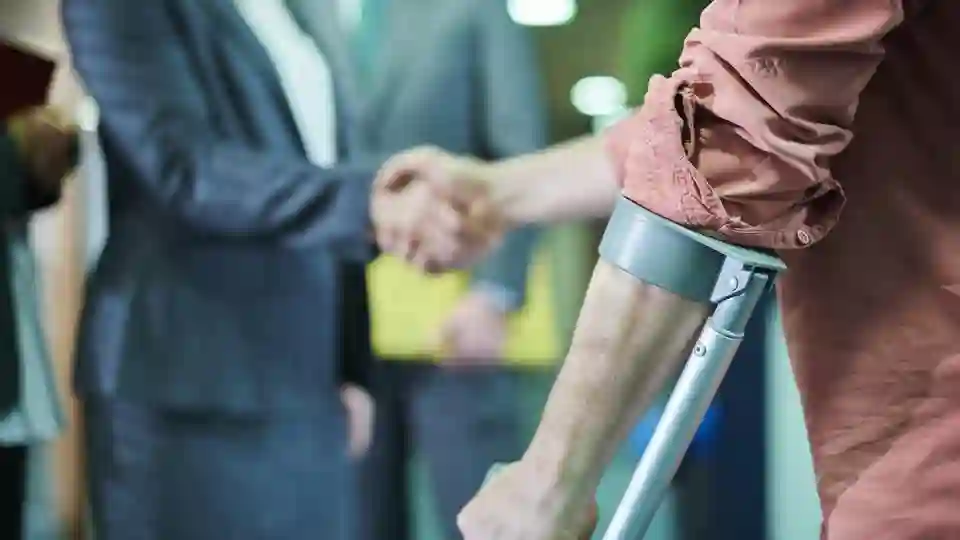Hello, dear readers! Car accidents are a common occurrence in today’s fast-paced world, and when they happen, they can lead to devastating consequences. If you’ve ever been involved in a car accident, you know that it can be a traumatic and life-altering experience. In this article, we will explore the legal insights surrounding car accidents and personal injury claims to help you better understand your rights, the legal process, and how to navigate the aftermath of a collision.
Chapter 1: Understanding Personal Injury Claims
Personal injury claims arise when an individual is injured due to the negligence or wrongful actions of another party. In the context of car accidents, these claims are filed against the at-fault driver or their insurance company. The goal of a personal injury claim is to seek compensation for the physical, emotional, and financial losses resulting from the accident.
Chapter 2: Establishing Liability
In a car accident personal injury claim, one of the key elements is establishing liability. Liability means determining who is legally responsible for the accident. To establish liability, it must be proven that the at-fault driver acted negligently or recklessly, leading to the collision. Negligent actions can include speeding, running a red light, texting while driving, or driving under the influence of alcohol or drugs.
Chapter 3: Types of Injuries
Car accidents can result in a wide range of injuries, from minor cuts and bruises to severe, life-altering conditions. Common car accident injuries include whiplash, broken bones, head injuries, spinal cord injuries, and internal injuries. It’s essential to seek immediate medical attention after an accident, as prompt diagnosis and treatment are critical for recovery and documenting your injuries for a potential claim.
Chapter 4: Collecting Evidence
The success of a personal injury claim often hinges on the quality and quantity of evidence gathered. Evidence can include:
- Police reports: These documents provide an official record of the accident, including statements from involved parties and witnesses.
- Witness statements: Eyewitness accounts can help corroborate your version of events.
- Photographs and videos: Visual evidence of the accident scene, vehicle damage, road conditions, and injuries can be compelling.
- Medical records: Documentation of your injuries, treatments, and medical bills serves as crucial evidence of damages.
- Expert testimony: Medical experts, accident reconstruction specialists, and other professionals may provide expert testimony to establish liability and the extent of your injuries.
Chapter 5: Dealing with Insurance Companies
After a car accident, you’ll likely have to interact with the at-fault driver’s insurance company. Insurance adjusters may reach out to you to gather information, take statements, and offer settlements. It’s crucial to be cautious when dealing with insurance companies, as they may try to minimize your claim.
- Do not provide a recorded statement without consulting an attorney.
- Be wary of accepting an early settlement offer, as it may not fully cover your expenses.
- Consult a personal injury attorney before negotiating with the insurance company to protect your rights and ensure fair compensation.
Chapter 6: Calculating Damages
Calculating damages in a car accident personal injury claim is a complex process. Damages can include:
- Medical expenses: Costs of medical treatment, hospital stays, surgeries, and medications.
- Lost wages: Compensation for income lost due to the accident and recovery time.
- Pain and suffering: Non-economic damages for physical and emotional distress.
- Property damage: Repair or replacement costs for your vehicle and personal property damaged in the accident.
- Future damages: Anticipated future medical expenses and lost income for ongoing treatment and recovery.
Chapter 7: Comparative Negligence
In some car accident cases, both parties may share some degree of fault. Many states follow a comparative negligence system, which means that compensation is determined based on each party’s level of fault. If you are found partially responsible for the accident, your compensation may be reduced accordingly.
Chapter 8: Statute of Limitations
It’s essential to be aware of the statute of limitations in your state when filing a personal injury claim. The statute of limitations sets a deadline for initiating legal action after a car accident. Failing to file within this timeframe may result in the loss of your right to seek compensation.
Chapter 9: The Role of Personal Injury Lawyers
Navigating the legal complexities of a car accident personal injury claim can be overwhelming. This is where personal injury lawyers come into play. These legal professionals specialize in handling such cases and can provide valuable assistance.
- They evaluate the strength of your claim and help gather evidence.
- They negotiate with insurance companies to secure fair compensation.
- They provide expert guidance and legal representation in court, if necessary.
Chapter 10: Settlement vs. Litigation
Many car accident personal injury claims are resolved through settlements rather than going to trial. Settlements can be a quicker and less expensive way to receive compensation. However, if a fair settlement cannot be reached, your attorney may recommend litigation, where your case will be presented in court.
In conclusion, car accidents can have a significant impact on your life, but understanding your rights and the legal process can help you navigate the aftermath with confidence. If you’ve been injured in a car accident due to someone else’s negligence, consult a personal injury attorney to protect your rights and seek the compensation you deserve. By gathering evidence, establishing liability, and calculating damages, you can strengthen your personal injury claim and work toward a fair resolution that helps you move forward after a challenging experience.















I am upbeat to locate your recognized method for composing the post. Presently you make it simple for me to comprehend and execute the idea. Much obliged to you for the post. alexistogel